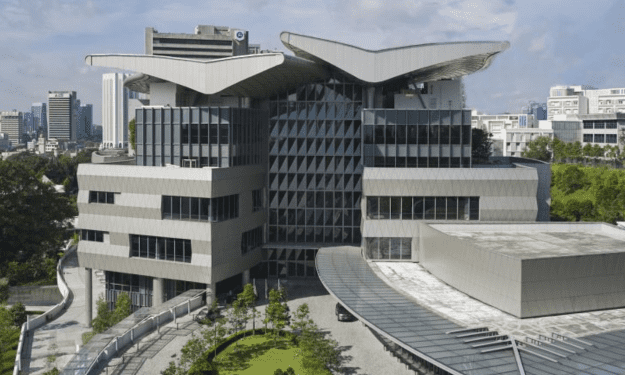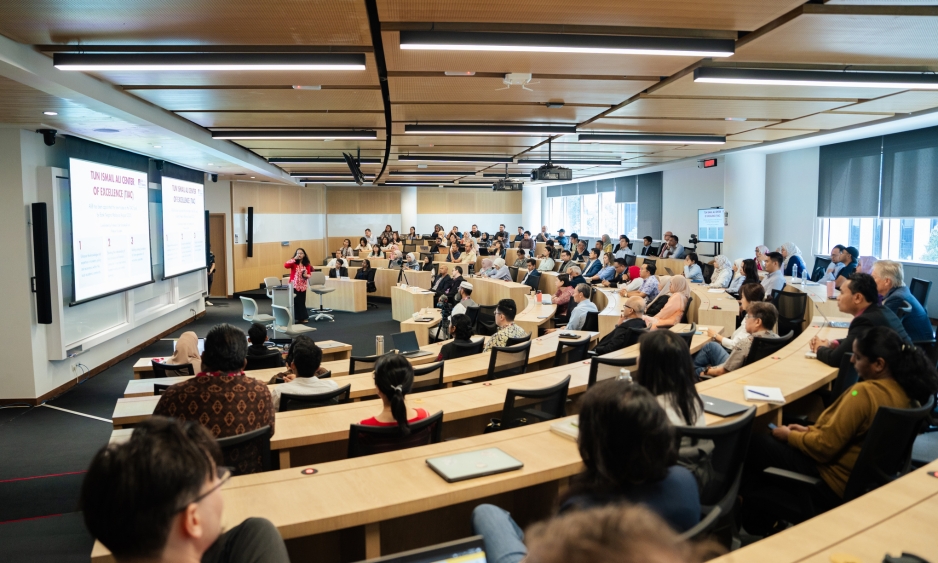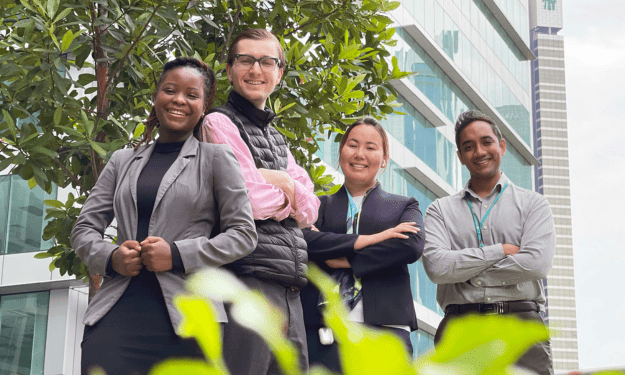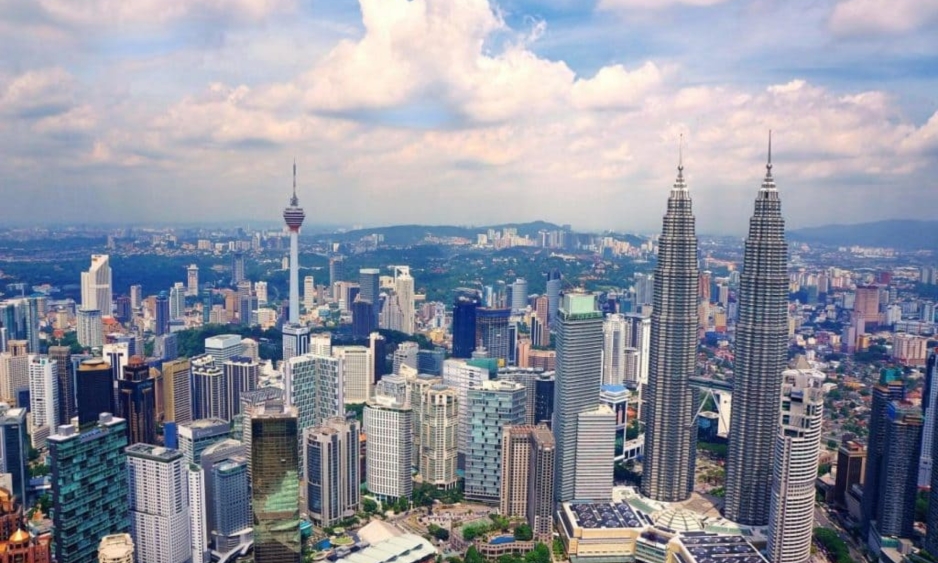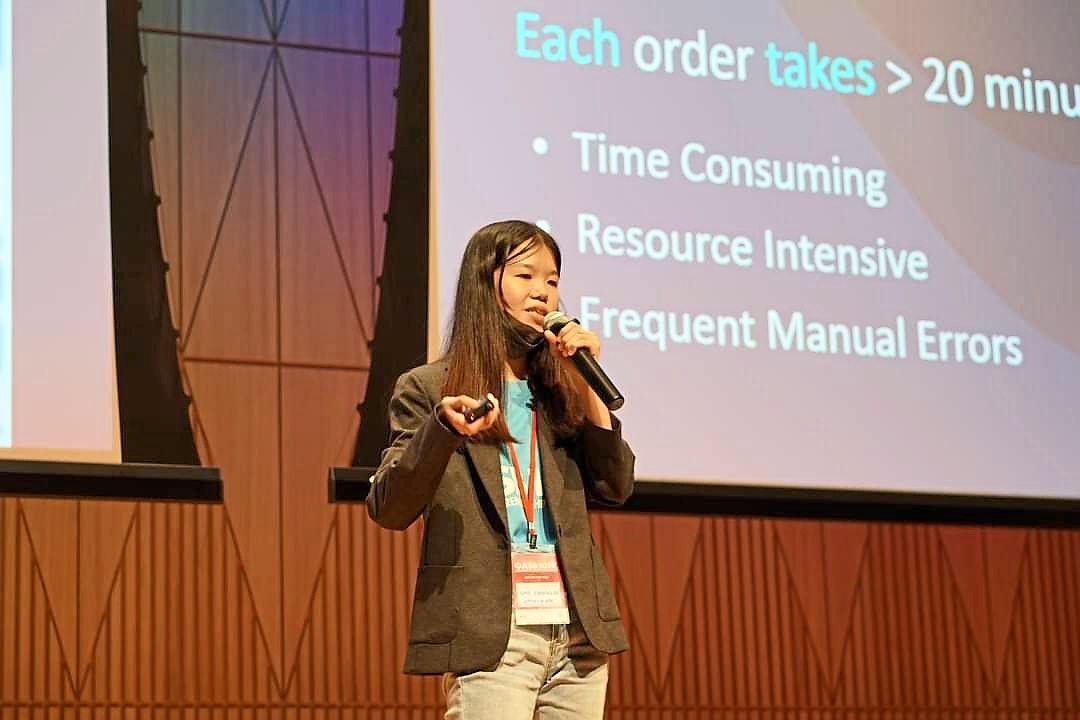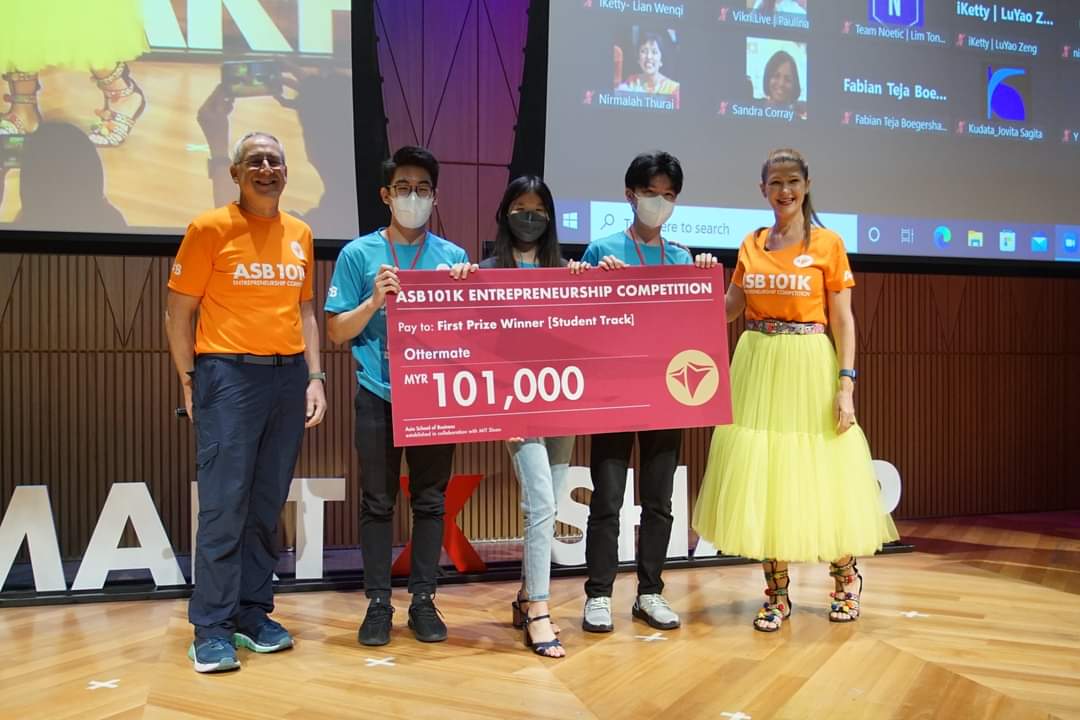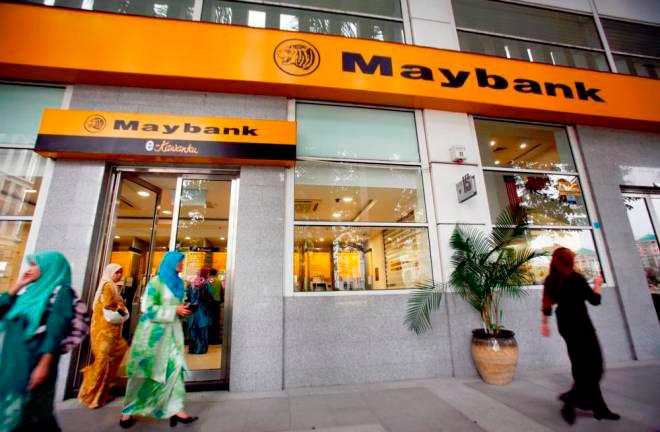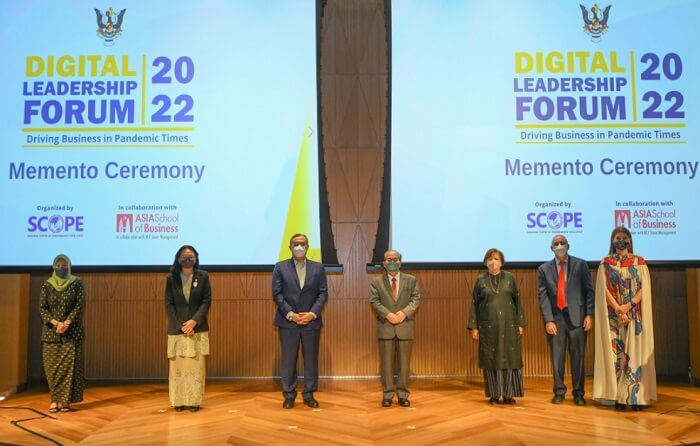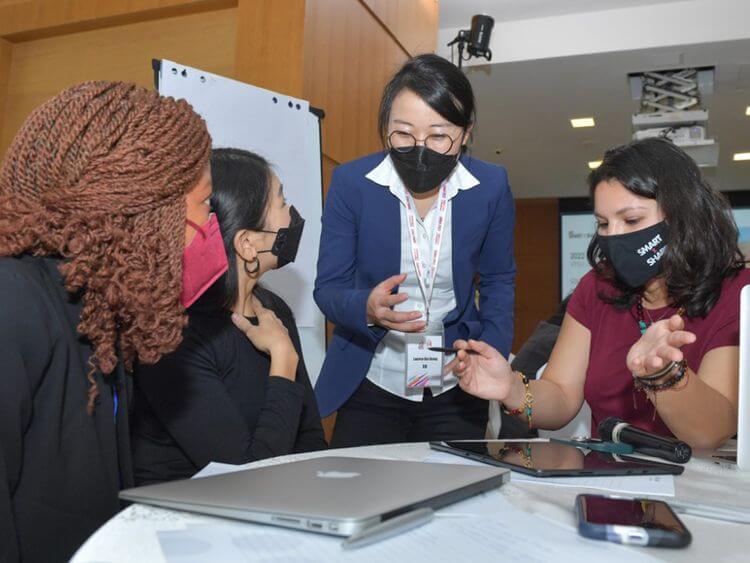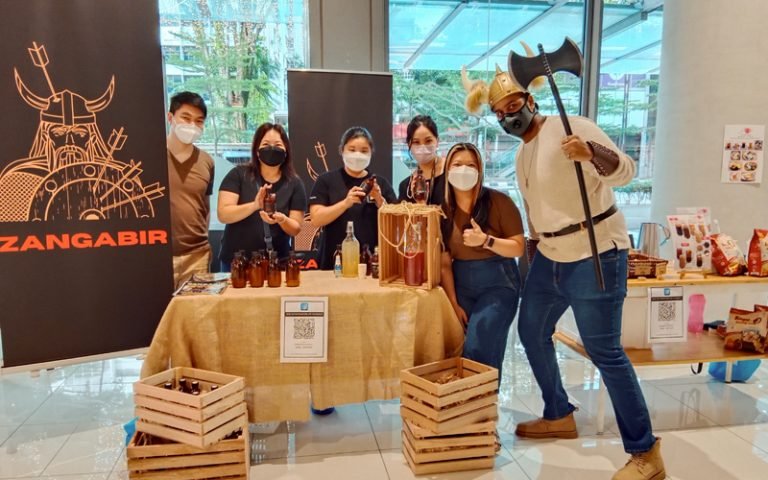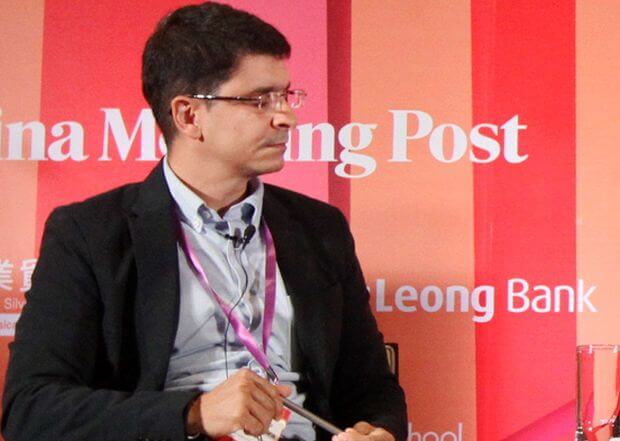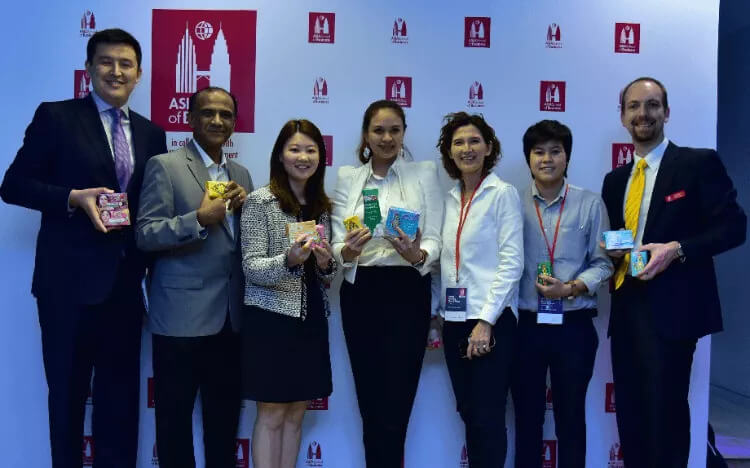AS her family members faced issues in managing orders for their online business during the Covid-19 pandemic, Wooi Zhuang Ru came up with an automated management solution. That solution to simplify the work for small and medium-sized enterprises (SMEs) and live streamers was the inspiration behind her recent win at the regional finals of the ASB101K Entrepreneurship Competition (Student Track), which saw her three-member team bagging the first prize worth RM101,000.
Calling themselves the Ottermate Team, Universiti Tunku Abdul Rahman (UTAR) students Wooi and How Chao Xun – who study computer science and financial economics, respectively – together with Tunku Abdul Rahman University College (TAR UC) graphic design student Tee Kuok Hin, emerged the grand prize winner after beating three other teams at the regional finals.
The competition, hosted by the Asia School of Business, had two tracks – namely, the Student Track and the Startup Track – which were open to students and aspiring entrepreneurs from South-East Asia (SEA). Tasked with addressing current market challenges and opportunities through innovative technology-driven solutions, the Ottermate Team came up with a social media business enabler – named Ottermate, an incubatee at UTAR Unovate Centre – which offers an all-in-one live commerce management solution for retail live streamers.
Its key purpose is to provide an accessible, user-friendly and hands-off approach to order management, built with social media sales in mind. Ottermate founder Wooi, who is also the team leader, said the original idea came from her family members who owned SMEs and ran them traditionally over the years but were forced to transition to online business due to the pandemic.
“Ottermate started as a simple solution to a personal problem but my team and I eventually found its potential for growth. And that is how we are here today,” she said in a recent press release. Speaking of their win, she attributed the team’s success to their advisors and mentors – UTAR alumnus Pang Chong Xian, UTAR lecturer Tan Chiang Kang and UTAR Unovate Centre Dr Lee Sheng Chyan.
“This was truly a team effort. Everyone in the team worked very hard to write a compelling business document and prepare for our question and answer session. “This applies to our mentors from UTAR and ASB101K, as well. We are really grateful they took time out to help us with our business idea and find answers to difficult questions,” she said, pointing out that her team “weren’t filled with seasoned entrepreneurs or competition-goers”.
She shared that she herself had felt “very inadequate” initially, especially in the first two rounds while creating the decks and documents, because of her non-business background. “We were very lucky to get Fabian Boegershausen as our mentor from ASB101K. He helped us with our business calculations and went above and beyond to bring his expertise to the table. I’d say we definitely could not have done it without him,” she added.
Through their participation in the competition, Wooi said they had picked up some valuable learning points. “We learnt how important it is to get advice and iterate over ideas; a sentence can be said in many different ways but getting the concept down can be a very tedious process. “I really value the input from external people, be they mentors or even my parents.
Putting ourselves out there, asking for feedback and listening to advice helped us a lot in understanding our product and how the public perceives our product. “We were also able to anticipate the potential questions we would get during the Q&A,” she added. Having won the substantial prize money, the team plans to launch the Ottermate after going for a Series A seed round.
“The prize money will allow us to scale up our team and speed up development, so the majority of it will go into that,” she said, adding that she is splitting a small portion of the money among the team. Team mentor Tan advised students to be proactive in order to get the most out of such competitions. “Students need to stay focused, do their groundwork, and be as prepared as they can be.
If they have done that, even if they don’t win anything, the experience will still be invaluable in their startup journey,” he said. In the press release, UTAR president Prof Dr Ewe Hong Tat congratulated the Ottermate Team, Unovate Centre and UTAR Faculty of Information and Communication Technology for their combined efforts which resulted in the achievement.
Prior to the regional finals held on April 2, a total of 24 teams from universities across SEA – the Top 12 for each track – battled it out at the semifinals. Another team from UTAR named Quadrifoglio made it to the Top 50 of the competition in Round 1 .
Originally published by The Star.
